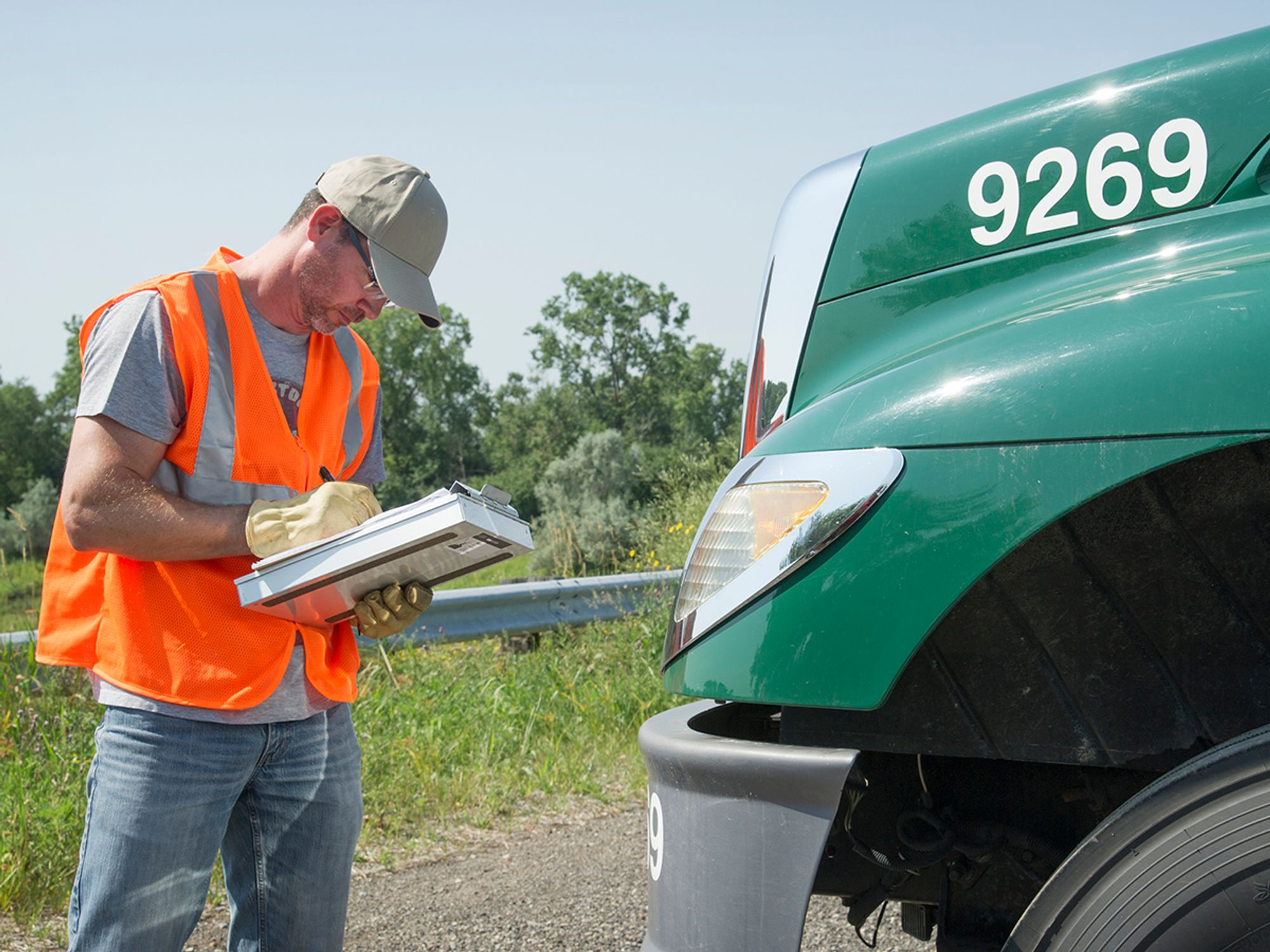
Be Part of the Ultimate Safety & Compliance Community
Trending news, knowledge-building content, and more – all personalized to you!
:
|

Monitoring and tracking are used to determine where a carrier’s safety program stands, similar to the way the Federal Motor Carrier Safety Administration (FMCSA) monitors and tracks the industry through Compliance, Safety, Accountability (CSA). If it can be measured, it can be managed.
If a carrier is not monitoring their safety program’s performance, the FMCSA will likely assume the carrier cannot know how compliance efforts are working, much less where the problems are. For example, how can a company be aware of where its employees stand on hours-of-service compliance if their logs aren’t monitored (audited) or their compliance isn’t tracked?
Monitoring and tracking will enable companies to spot trends, catch problems, and take action to correct those problems. If everything is going well, then the company will know that the other parts of the Safety Management Cycle are working properly.
One way for a company to track compliance is through the CSA Safety Measurement System; another is the self-tracking of inspections, violations, and crashes and performing self-auditing. Or a carrier may want to use a third-party service to track its on-road and in-house performance, or use a combination of these approaches. One question you will need to address is, “What does the company want to track?”
These are some of the key safety-related metrics:
This data should be tracked company-wide, based on individual drivers, location, and supervisor. This way, if a problem begins surfacing, it is easy to see where the problem is and who is involved.

Monitoring and tracking are used to determine where a carrier’s safety program stands, similar to the way the Federal Motor Carrier Safety Administration (FMCSA) monitors and tracks the industry through Compliance, Safety, Accountability (CSA). If it can be measured, it can be managed.
If a carrier is not monitoring their safety program’s performance, the FMCSA will likely assume the carrier cannot know how compliance efforts are working, much less where the problems are. For example, how can a company be aware of where its employees stand on hours-of-service compliance if their logs aren’t monitored (audited) or their compliance isn’t tracked?
Monitoring and tracking will enable companies to spot trends, catch problems, and take action to correct those problems. If everything is going well, then the company will know that the other parts of the Safety Management Cycle are working properly.
One way for a company to track compliance is through the CSA Safety Measurement System; another is the self-tracking of inspections, violations, and crashes and performing self-auditing. Or a carrier may want to use a third-party service to track its on-road and in-house performance, or use a combination of these approaches. One question you will need to address is, “What does the company want to track?”
These are some of the key safety-related metrics:
This data should be tracked company-wide, based on individual drivers, location, and supervisor. This way, if a problem begins surfacing, it is easy to see where the problem is and who is involved.